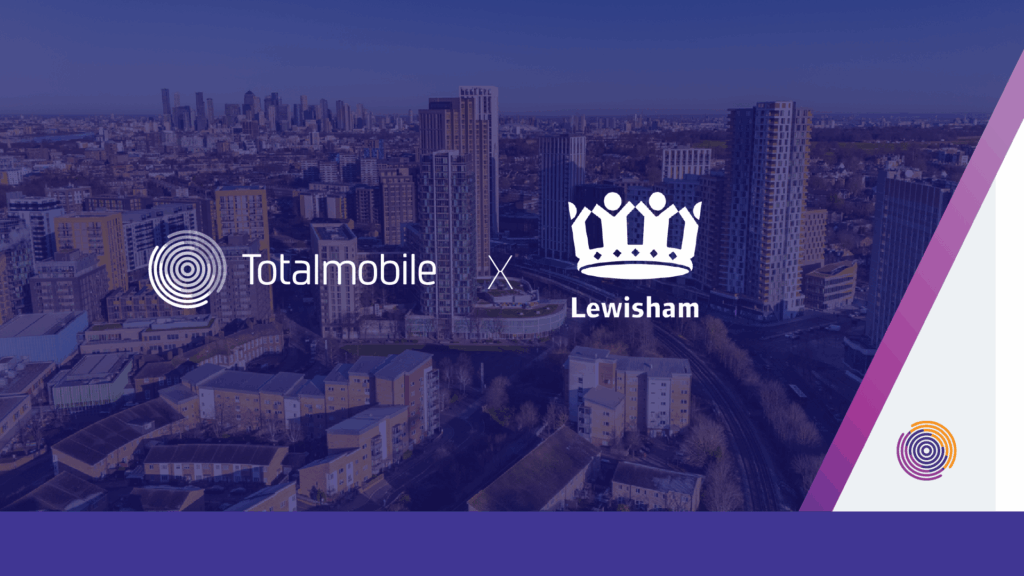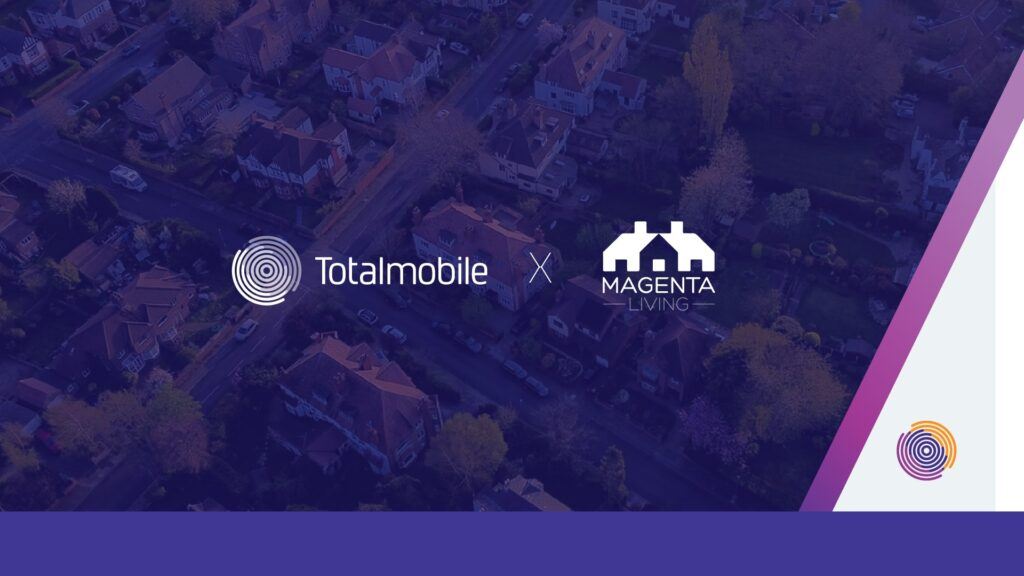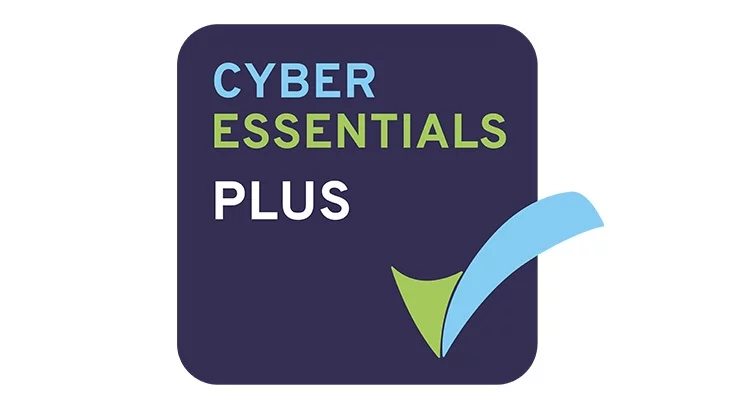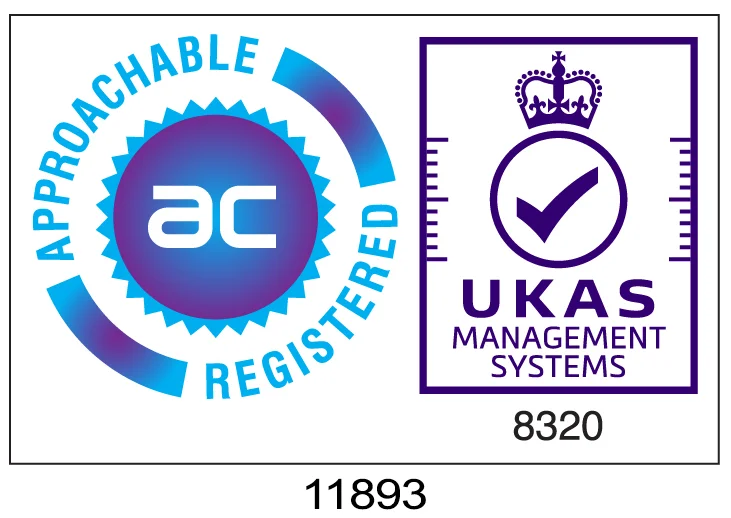Fire and Rescue services are highly important for public safety. They need to manage their workers well. This helps them respond quickly and keep firefighters healthy. One of the main challenges in the sector is effective rostering. Fire services must balance staffing levels, compliance needs, and worker satisfaction.
With advancements in technology and evolving workforce expectations, the rostering landscape is shifting. Here are the latest trends shaping Fire & Rescue rostering in 2025.
1. Automated and mobile scheduling solutions
Traditional rostering methods, such as manual spreadsheets or paper-based scheduling, are becoming obsolete. Fire departments are now adopting automated scheduling solutions to streamline workforce management.
These platforms help monitor staffing levels in real-time. They also allow for quick shift fulfilment and manage compliance for working hours and overtime. Automated systems, such as Vector Scheduling, reduce administrative burdens and improve efficiency.
The integration of mobile applications allows firefighters to access their schedules, swap shifts, and receive notifications in real-time, enhancing flexibility and operational readiness. Mobile solutions also help command centres quickly fill unexpected gaps, ensuring uninterrupted service coverage.
2). Flexible self-rostering
Strategic appointment scheduling can boost technician productivity and minimise road delays. Field service scheduling software helps determine the best schedule and route for appointments. This efficient route planning reduces unnecessary backtracking and driving time. Benefits include more time for income-generating appointments, reduced chances of encountering heavy traffic, lower gas expenses, and less wear on fleet vehicles.
3). Addressing recruitment and retention challenges
The Fire & Rescue sector is grappling with staffing shortages, increased call volumes, and an aging workforce. Departments are adopting innovative scheduling strategies to attract and retain personnel.
Flexible rostering, better shift planning, and enhanced support for mental health are becoming key focus areas. Services are prioritising initiatives such as fatigue management, well-being programs, and offering alternative shift patterns to accommodate diverse workforce needs. These measures help prevent firefighter burnout and improve overall job satisfaction, making firefighting a more sustainable career choice.

4). AI integration in rostering
AI is revolutionising workforce planning in the Fire & Rescue sector by optimising shift assignments and predicting staffing needs. AI-driven scheduling systems analyse historical data, shift patterns, and operational demand to ensure optimal staffing levels at all times.
By identifying trends in peak call times, AI helps fire departments deploy personnel efficiently, reducing response times and improving emergency preparedness. AI also aids in quality assurance, ensuring compliance with labour laws, fatigue management guidelines, and overtime regulations. As AI technology continues to evolve, it is expected to play an even greater role in enhancing rostering efficiency.
5). Data-driven decision making
Data analytics is becoming increasingly important in roster planning. Fire departments are leveraging workforce analytics to assess staffing trends, absenteeism rates, and overtime expenses. By using predictive analytics, command centres can proactively address scheduling gaps and allocate resources more effectively.
With access to real-time data, fire services can make informed decisions about staffing requirements, helping to optimise costs while ensuring adequate coverage. Data-driven rostering also enhances transparency, allowing firefighters to understand scheduling decisions and fostering a culture of trust within the department.
Conclusion
The Fire & Rescue sector is undergoing a transformation in workforce management, driven by technological advancements and evolving workforce expectations. Automated scheduling solutions, flexible self-rostering, AI-driven optimisation, and data analytics are reshaping how fire services manage their personnel.
By embracing these trends, fire departments can enhance efficiency, improve firefighter well-being, and ensure optimal staffing levels to meet operational demands. As technology continues to evolve, the future of Fire & Rescue rostering will be centred on smarter, more agile workforce management solutions that benefit both firefighters and the communities they serve.
















